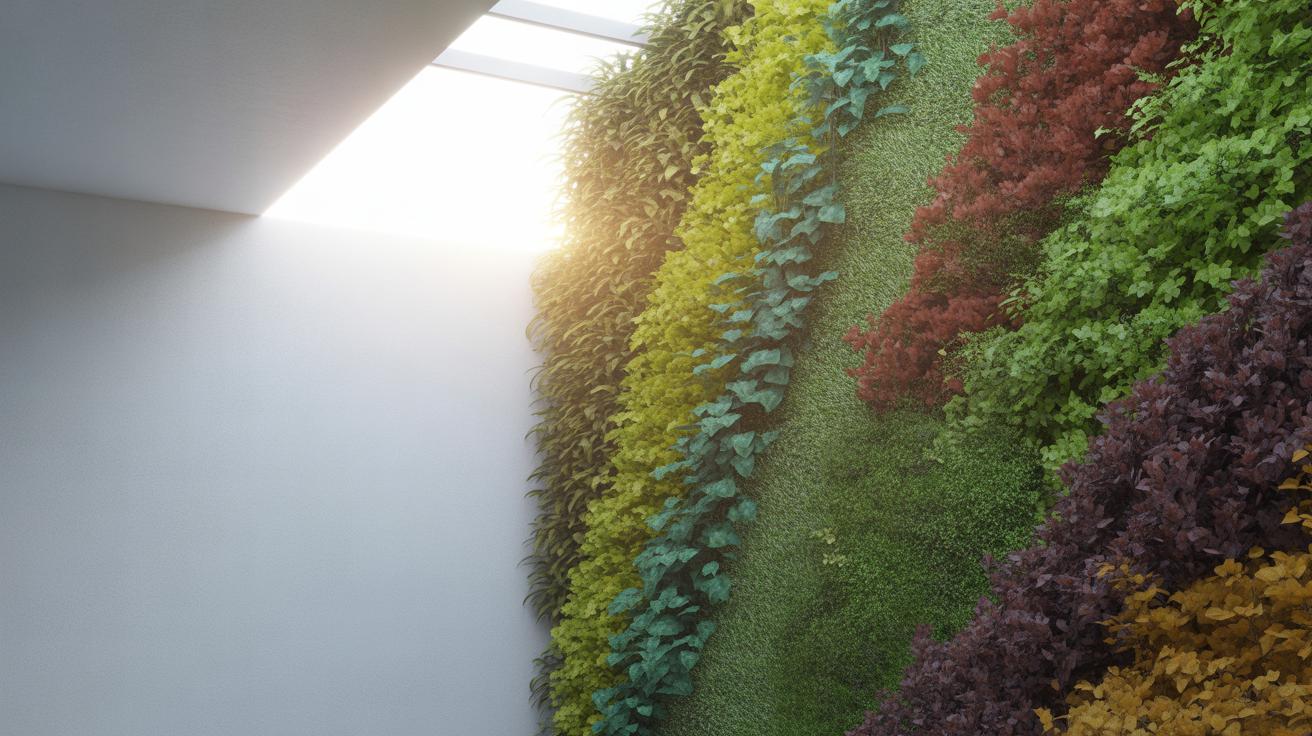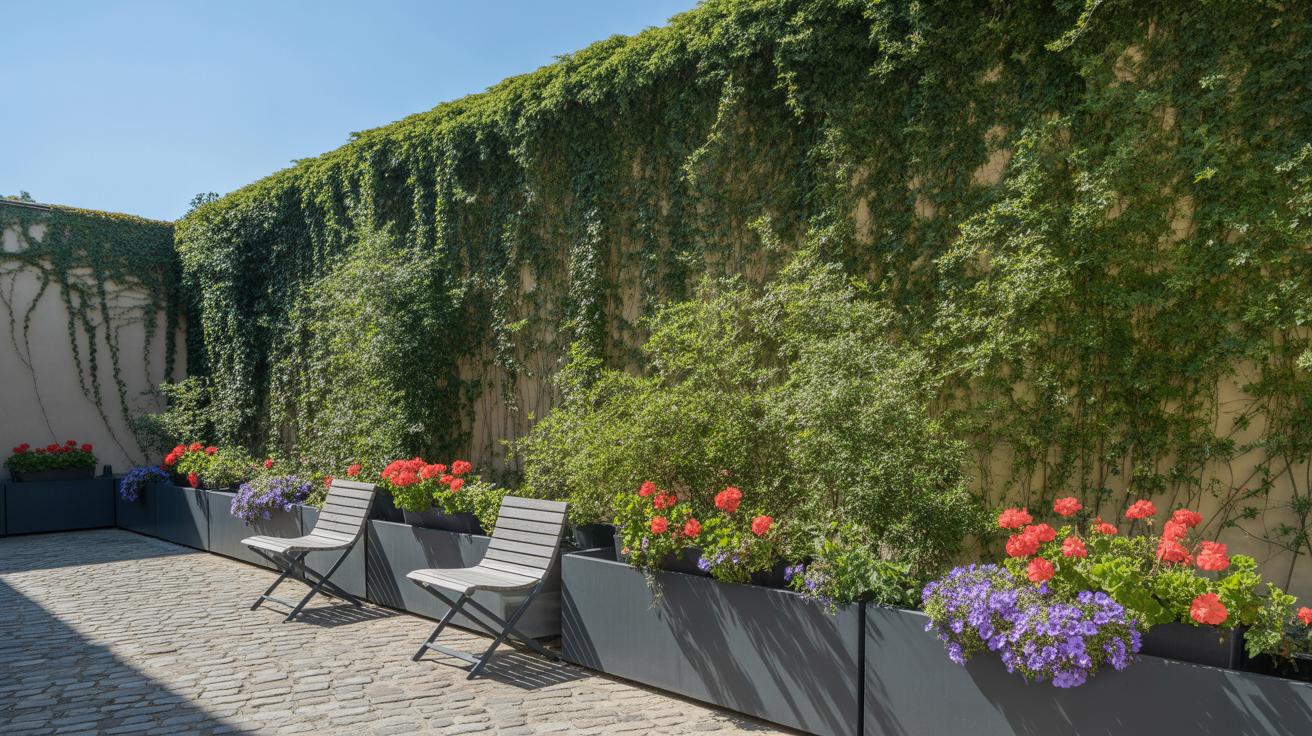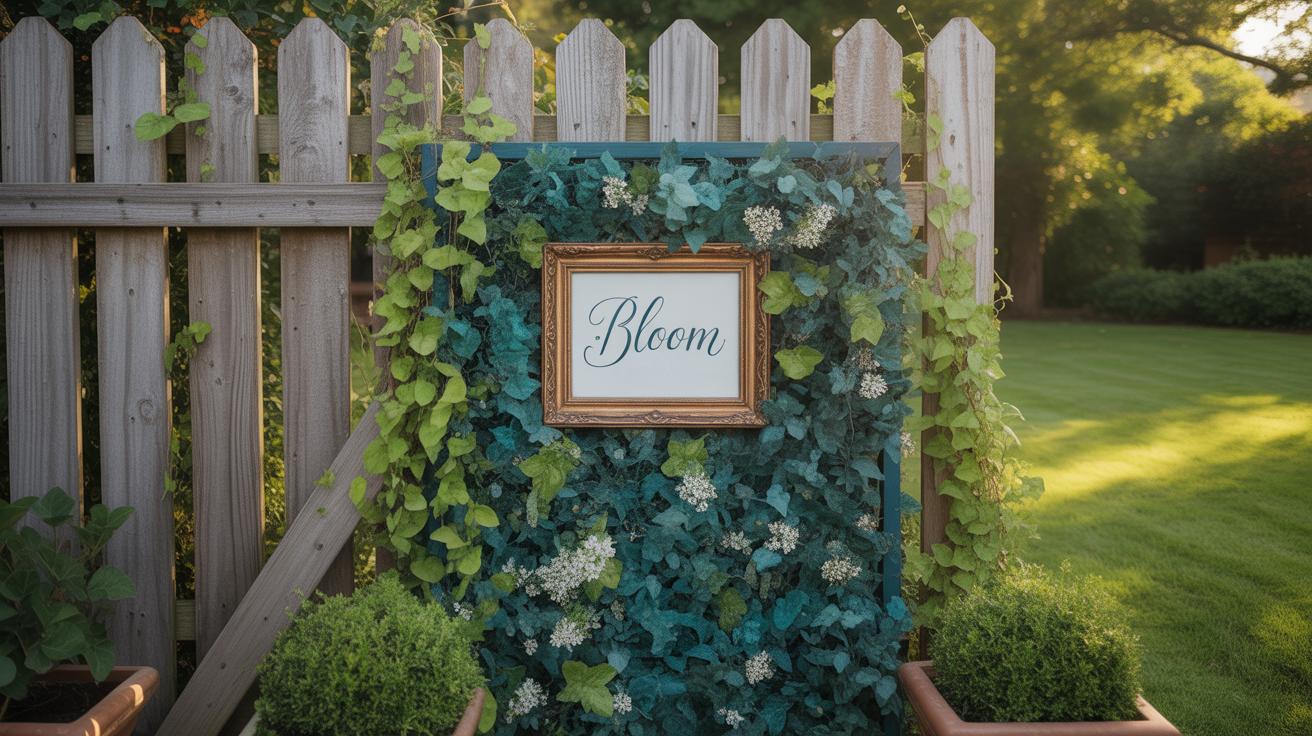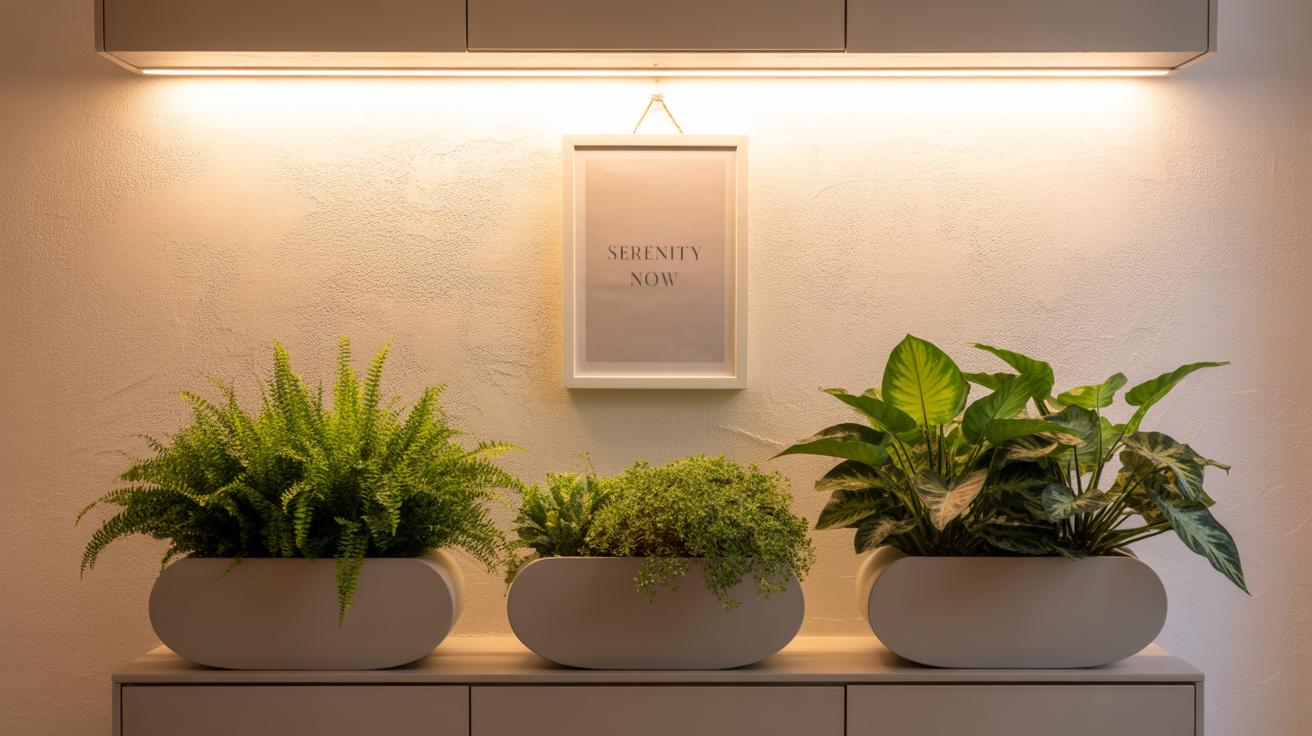Introduction
Vertical garden walls, also known as green walls or living walls, bring nature to empty vertical spaces. They use structures that support plants grown upwards, turning plain walls into lively green features. These walls can be set up inside your home or outside on building facades. Vertical gardens not only look good but also help improve air quality and add a calming natural touch to your environment.
This article explores various ideas and practical steps to build your own vertical garden wall. From understanding the types and benefits of green walls to tips for design and care, you’ll learn how to transform any blank wall into a thriving green space. Whether you have a small balcony or a large outdoor wall, vertical gardens offer a great way to bring greenery into your life.
Choosing the Right Location

Picking the perfect spot for your vertical garden isn’t always straightforward. You might think a sunny wall is the answer, but it depends on the plants you want and whether you’re inside or outside. For example, some plants need direct sunlight, while others prefer shade or indirect light. So consider the amount and angle of sunlight your chosen wall receives throughout the day. This can change with seasons too, so don’t forget to observe it over time.
Then there’s the question of wall strength. Vertical gardens can get heavy once the plants grow and the soil or growing medium adds moisture. Not every wall can handle that weight. You want a surface that is solid and stable, maybe brick or concrete rather than thin drywall or wood paneling. It’s a good idea to tap on the wall and check for hollowness or damage before installing anything.
Access matters a lot—how easily can you reach the garden for watering and maintenance? Outdoor walls might suffer harsher weather like wind or rain, which can affect certain plants and the longevity of your setup. Indoors, temperature fluctuations and humidity come into play. Keep in mind how often you’ll be able to care for your garden and whether the spot’s environment suits the plants’ needs.
Indoor vs Outdoor Locations
Setting up a vertical garden indoors is quite different from outdoors, mainly when it comes to light and temperature. Indoors, you often face lower light levels, so plants chosen should tolerate or prefer shade—ferns, pothos, or certain succulents fit well here. Outdoor walls get more variable light and weather conditions but usually have better airflow. That can help prevent mildew but might stress plants during heat waves or cold snaps.
The structure itself differs too. Indoor walls might need extra protection from moisture to avoid damaging paint or drywall. Outdoors, the setup has to resist rain and wind. You may want to invest in weatherproof backing materials or drainage systems. Plus, think about how irrigation will work—indoors might need drip lines with water reservoirs, outdoors could rely on rain but also require drainage to avoid pooling.
Assessing Wall Conditions
Before you start, giving your wall a thorough check pays off. Tap around and look for cracks, mold, or dampness. Walls with too much moisture can lead to plant roots rotting and structural damage. Sometimes you might need to treat or seal the surface first. For example, applying a waterproof membrane or moisture barrier can protect both wall and plants.
Also, measure how much weight the wall can bear. If you’re unsure, consulting a professional for advice might save headaches later. Preparing the wall might involve installing a frame or support system that spreads the load evenly. Don’t forget ventilation—some walls trap humidity, which can cause problems in time.
Thinking about these factors honestly might feel tedious, but it’s a step worth taking. It shapes how successful and long-lasting your vertical garden will be—and that’s what really matters in the end.
Selecting Plants for Your Vertical Garden Wall
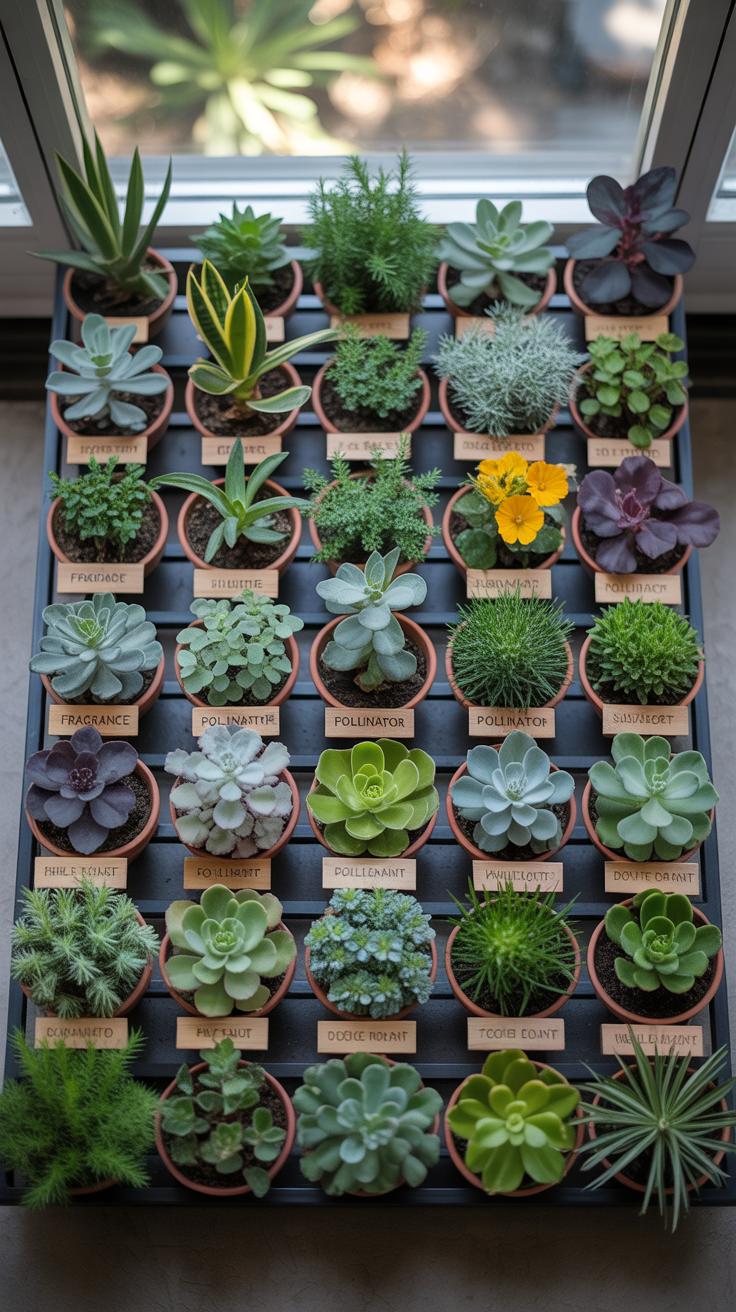
Choosing plants for a vertical garden can feel tricky. After all, the setup is quite different from typical garden beds. Plants need to cope with limited soil, sometimes uneven moisture, and the challenge of growing upward. Some species just handle this better than others.
Climbers like ivy or creeping fig naturally attach to surfaces, which helps them cover walls quickly. Succulents—think sedums and echeverias—are perfect if you want low-maintenance options that tolerate dry conditions well. Ferns bring softness and thrive where there’s shade and humidity. And air plants (Tillandsia) don’t even need soil, clinging to pockets or mounted surfaces, making them ideal for creative designs.
Matching plants to your climate is key. In sunny, dry spots, lean toward drought-tolerant species like rosemary or lamb’s ear. For shadier, moist walls, consider maidenhair fern or moss varieties. Tropical or humid climates allow you to experiment with lush monstera or philodendrons on your green wall. Cooler climates ask for hardier varieties—think hardy fuchsias or variegated ivy.
Mixing plants adds personality. Try combining different leaf textures—smooth succulents beside feathery ferns. Contrast deep greens with splashes of reds or silvers. Vary plant sizes, too; small ground covers can fill gaps below larger leafy sections. Over time, the look changes as some plants trail while others grow upright and bloom. Isn’t it interesting how these combinations continually reshape the wall’s character? It’s a process that’s equal parts planning and waiting to see what nature does.
Installing Your Vertical Garden Wall
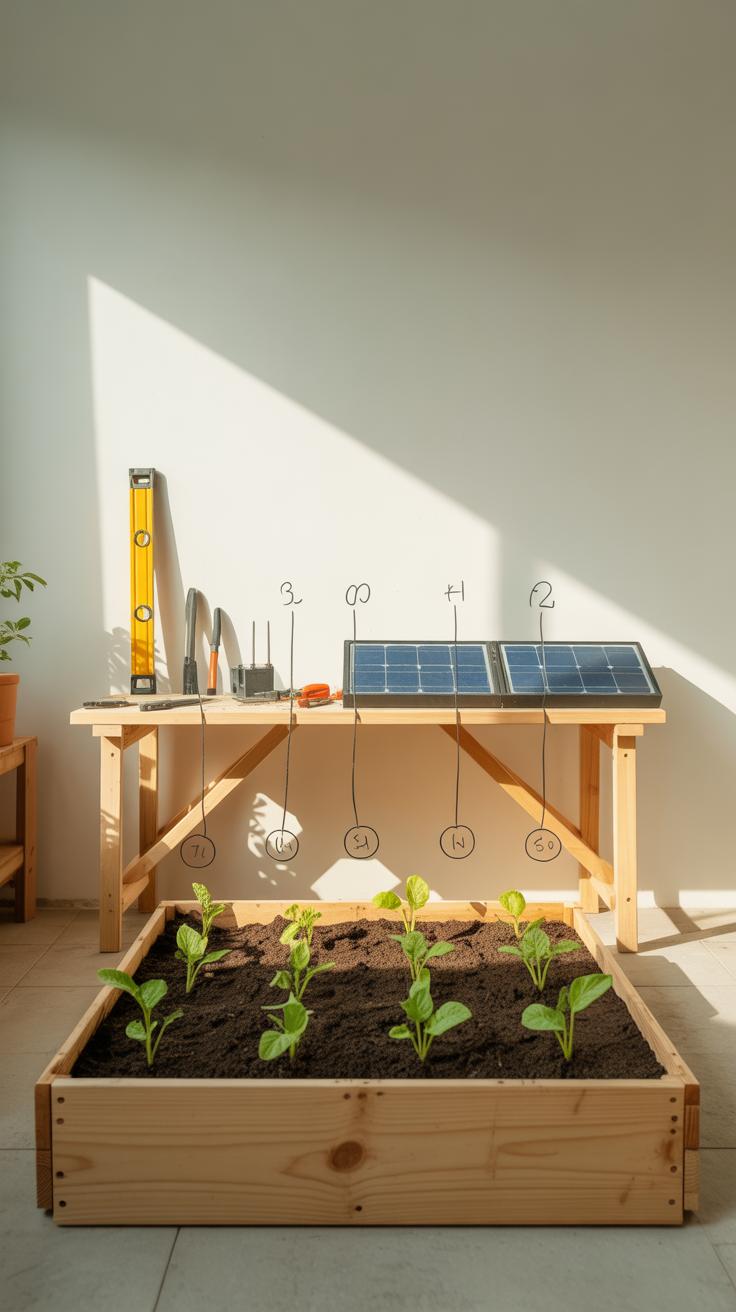
Materials and Tools Needed
Start by gathering your supplies. You’ll need a sturdy frame or structure to hold your plants—this could be a ready-made vertical planter system or a DIY frame made of wood or metal.
Also collect pots, pockets, or planting containers to fit inside the frame, depending on your design.
Don’t forget soil or a growth medium suited for vertical systems, like lightweight potting mix or hydroponic substrates, alongside the plants themselves.
For watering, simple drip irrigation setups work well, but a watering can and spray bottle are fine for smaller installations.
The tools include screws or wall anchors for mounting, a drill, a level to keep things straight, and gloves for handling soil and plants.
Step-by-Step Installation Guide
Begin by choosing a suitable wall—solid and preferably sheltered from constant harsh weather.
Next, measure and mark where the frame will go. Use a level to make sure it’s straight. Drill pilot holes for screws or wall anchors, depending on your wall type.
Attach the frame firmly. If your wall is uneven, some shim work might be necessary to keep the frame flush.
Once the frame is secure, add your soil or growth medium to the pots or planting areas within the frame. Don’t overfill; the medium should stay somewhat loose to allow roots to breathe.
Plant your chosen greenery next, gently pressing down the soil to avoid air pockets. You’ll want to arrange plants according to their water and light needs—lighter foliage near the top often fares better.
Finally, set up your watering system. If you’re going manual, test how water spreads through the soil. For drip irrigation, run the system to check for leaks or dry spots.
You might feel impatient to see it all lush and full right away, but vertical gardens need time to settle and grow.
Watering and Maintaining Your Vertical Garden
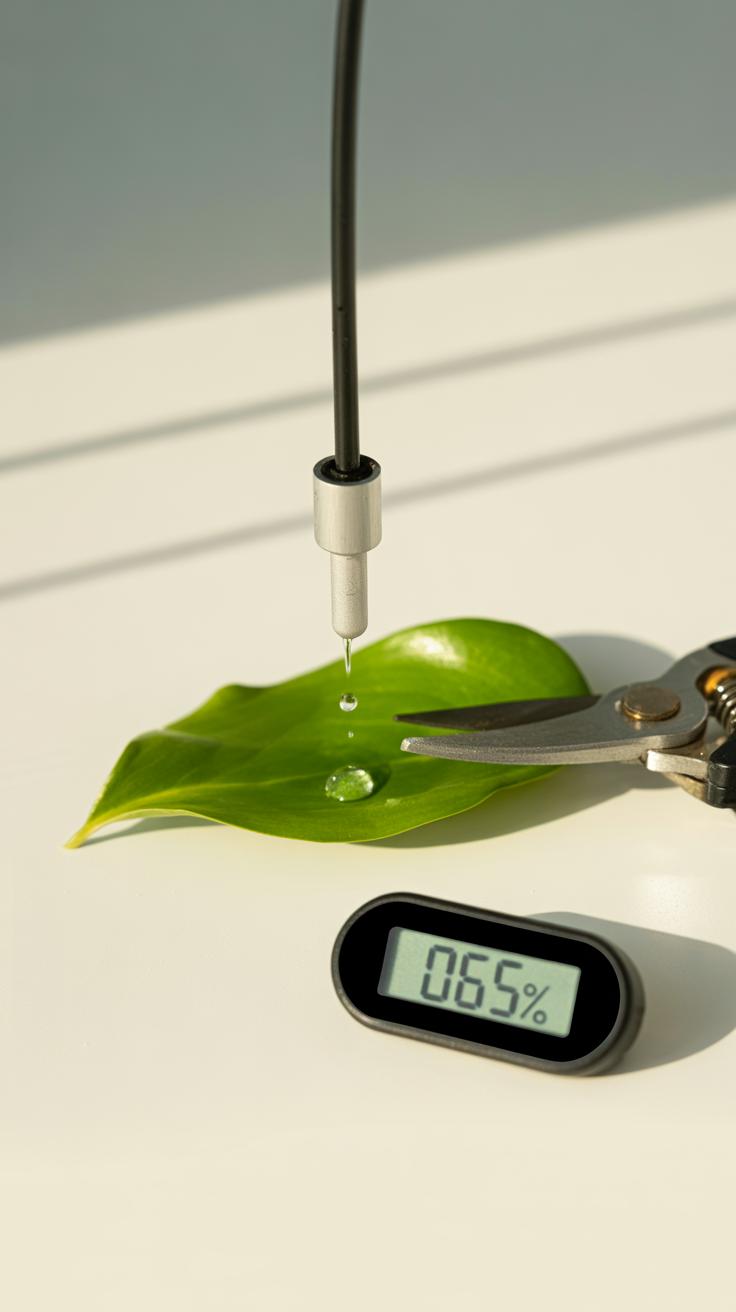
Watering a vertical garden isn’t just about dumping water on it—it needs careful attention. There are a few ways to do this, and the best choice depends on your setup and plants. Drip irrigation systems deliver water directly to roots in a slow, steady way. They’re great if you want to set it and mostly forget it, but they do require some setup and occasional tweaking. Misting systems work well for humidity-loving plants but might not give enough moisture for ones with deeper roots.
If you prefer hands-on care, manual watering with a watering can or hose lets you check plants closely every time. Just watch out—overwatering can happen easily, so you might want to water less frequently but more deeply. Typically, watering once or twice a week suits many vertical gardens, but that really depends on factors like plant type, light, and weather.
Irrigation Systems and Manual Watering
Here are some watering approaches to consider:
- Drip irrigation: slow, consistent watering targeted at each plant’s roots. Saves water but needs a timer and check-ups.
- Misting systems: fogs the leaves, mimics natural humidity. Ideal for ferns or mosses but not sufficient alone for larger plants.
- Hand watering: flexible and hands-on. You decide exactly where and how much, but it’s easy to under- or over-water.
One time, I tried just hand watering an entire wall—ended up with some soggy plants and some dry spots. Lesson learned: observe your plants closely and adjust. Maybe test soil moisture or look for signs like drooping leaves or yellow tips.
Common Maintenance Tasks
Beyond watering, keeping a vertical garden healthy means regular attention in a few areas:
- Pruning: removes dead or overgrown parts, encourages fresh growth, and prevents crowding.
- Replacing plants: some plants might not thrive long-term. Swap out those that struggle before they affect neighbors.
- Checking for pests: inspect leaves and soil—mites, aphids, or fungus can show up unexpectedly and spread fast.
- Cleaning the structure: dirt and algae can build on frames, blocking water or air flow. A quick scrub every few months helps.
I once skipped pruning for a couple of months and suddenly the whole section looked messy—and some plants actually suffered from lack of space. Hard to believe how much a little trim can refresh things. Regular upkeep might feel like a chore, but it makes a huge difference in appearance and plant health.
Design Ideas for Vertical Garden Walls
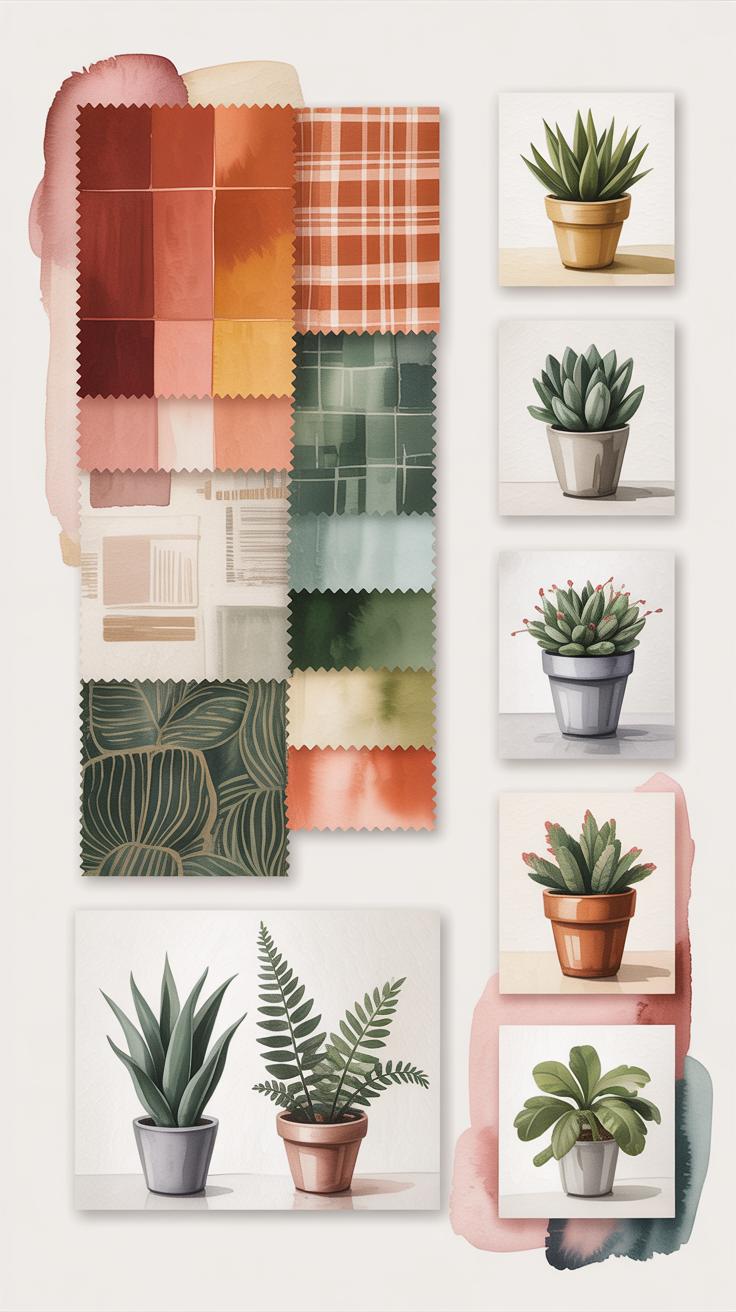
You might find yourself staring at your blank wall, wondering how to make it more than just a surface. Vertical garden walls offer a unique way to add life and personality—literally growing on your space. One approach is to think in shapes and patterns. Using various plant types and containers, you can create geometric forms that catch the eye. Imagine hexagons, triangles, or even random clusters that play with symmetry and chaos simultaneously.
Different textures and shades give depth to these patterns. Smooth-leaved succulents next to fuzzy herbs, for example, can highlight the contrast. Container choice matters too—metal frames versus wooden boxes can shift the whole feeling from industrial to rustic.
Beyond shapes, consider themes. Tropical vertical gardens, bursting with ferns and palms, bring humidity-loving plants indoors and offer a lush atmosphere. Desert themes, with cacti and succulents, require less water and create a spiky, sculptural vibe. Herb gardens work well if you cook often—freshness at arm’s reach is hard to beat. Floral color themes can brighten spaces by grouping plants in complementary or gradient hues, but they do need more attention to blooming cycles.
Each theme changes your daily interaction with the wall. What kind of feeling do you want? A calming green retreat, a vibrant splash of color, or something practical and fragrant? It’s tempting to mix too many ideas, but sometimes focusing on one clear concept makes the vertical garden a stronger presence.
Using Vertical Gardens for Small Spaces

Living in a small apartment or having a tiny yard often means limited room for plants. Vertical garden walls offer a clever way to bring greenery into these cramped areas without needing floor space. You might be surprised how a simple wall can bloom with life, freeing up precious square footage for other needs.
For balconies and patios, vertical gardens can turn blank walls into lush, living screens that provide privacy, shade, or just a nice view. Hanging pockets, modular panels, or trellises work well here. You don’t have to sacrifice seating or dining space, so your outdoor area stays functional.
Indoors, small rooms benefit from vertical gardens too—but lighting is tricky. South-facing windows might support herbs or succulents, while low-light spots call for ferns or certain trailing plants. Choosing the right species means less fuss and more success. I’ve seen tiny studios transformed by a small wall-mounted planter filled with air plants and mosses. It added freshness without bulk.
- Install hanging gardens or pocket planters to maximize wall space
- Select plants adapted to your light conditions—think shade lovers for dim rooms
- Use vertical gardens to cut clutter while still enjoying nature’s touch
- On balconies, create green partitions that double as privacy screens
- Rotate or adjust plants as light shifts seasonally to keep them thriving
So, what walls in your home or yard could become your next vertical oasis? Maybe it’s time to rethink what a “small space” can do for greenery.
Troubleshooting Common Problems
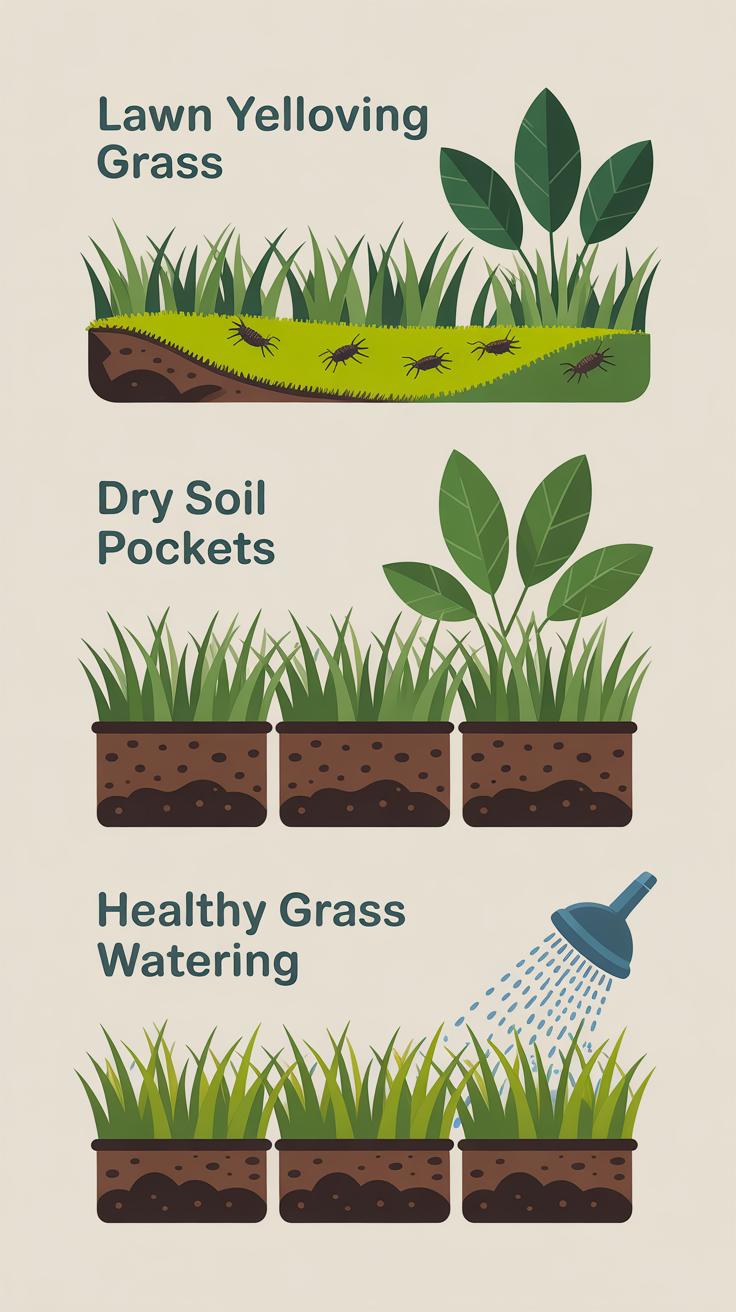
Dealing with Plant Health Issues
Sometimes plants in your vertical garden wall may start to look droopy, yellow, or just… off. These signs often mean they’re not getting what they need. Nutrient deficiencies, like lack of nitrogen or iron, can cause leaves to yellow or drop, while too much sun might scorch the foliage. On the flip side, too little light slows growth and weakens plants.
To fix this, test your soil or growing medium for nutrient levels—foliar feeding or a slow-release fertilizer can help. Also, observe how sunlight hits the wall throughout the day. Maybe a few plants need moving to shadier spots, or others require more direct light. Sometimes, watering is the culprit; inconsistent moisture stresses roots quickly. Try setting a watering schedule but watch out for overwatering, which invites root rot.
Don’t forget, pests sneak in, often unnoticed. Look under leaves for tiny bugs or sticky residue. Neem oil or insecticidal soap usually does the trick without harming your greenery.
Protecting Your Wall and Structure
Vertical gardens mean water near walls, and that can be tricky. Water damage might slowly creep in if the garden lacks a proper moisture barrier. Over time, you could see stains, paint peeling, or even mold forming. Installing a waterproof backing or hanging the garden slightly off the wall can reduce this risk.
Think about drainage too. Excess water should never pool behind the plants—it invites mold and damages wood or drywall. Using well-draining materials and regularly checking for damp spots helps keep problems at bay.
About structure—vertical gardens add extra weight, especially when wet. Make sure your wall can handle it; some materials weaken faster under sustained moisture. Anchoring plants securely and spreading weight evenly prevents sagging or cracks.
Taking these steps might seem like extra work, but they save you from headaches down the line. After all, you want your green wall thriving—not your wall degrading.
Benefits Beyond Beauty

Vertical garden walls do more than just look nice. They quietly improve the air you breathe indoors by absorbing pollutants like carbon dioxide, formaldehyde, and other volatile organic compounds. You might notice rooms with plants feel fresher, less stale. That’s not just your imagination—plants really do filter the air around them, even if the effect feels subtle.
And then there’s how being near greenery affects your mind. Studies suggest exposure to plants can lower stress and boost mood. Maybe it’s the touch of nature in an urban setting, or just the calming green color, but these walls can make your space feel less sterile. I’ve felt it myself—after a busy day, sitting near plants seemed to shrink my tension.
Environmental Contributions
Outside, vertical gardens help cool building surfaces, making a noticeable difference during hot days. The plants provide shade and evapotranspiration, which naturally lowers temperatures. Think of it as a small, living air conditioner attached to your wall.
They also assist with rainwater management. Instead of water hitting a hard surface and rushing off, vertical gardens soak up moisture, slowing runoff and potentially reducing strain on drainage systems. That’s useful in cities where heavy rains can be a problem.
Supporting biodiversity is another piece, though sometimes overlooked. These green walls create pockets of habitat for insects and birds where concrete once ruled. At least, that’s what some urban ecologists observe—small, green refuges amid the gray. It raises a question: how much can a single vertical garden really contribute, or does it just start a chain reaction?
Conclusions
Vertical garden walls change the way we use space by growing plants where there is no room on the ground. These living features add beauty and nature to homes and buildings while providing environmental benefits like cleaner air. Choosing the right plants, design, and care routine is key to keeping your green wall healthy and attractive.
You can start a vertical garden wall with simple ideas and tools, even if you have little gardening experience. Over time, these green walls become eye-catching parts of your space, making your home or workplace more inviting. With attention and care, a vertical garden wall can be a lasting and refreshing feature that you enjoy every day.


